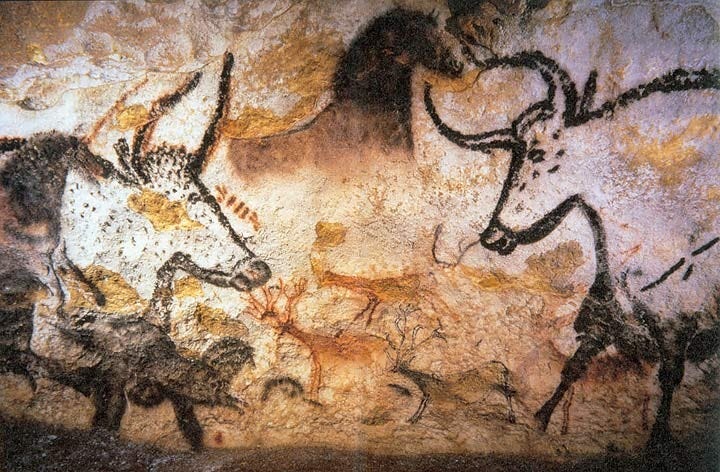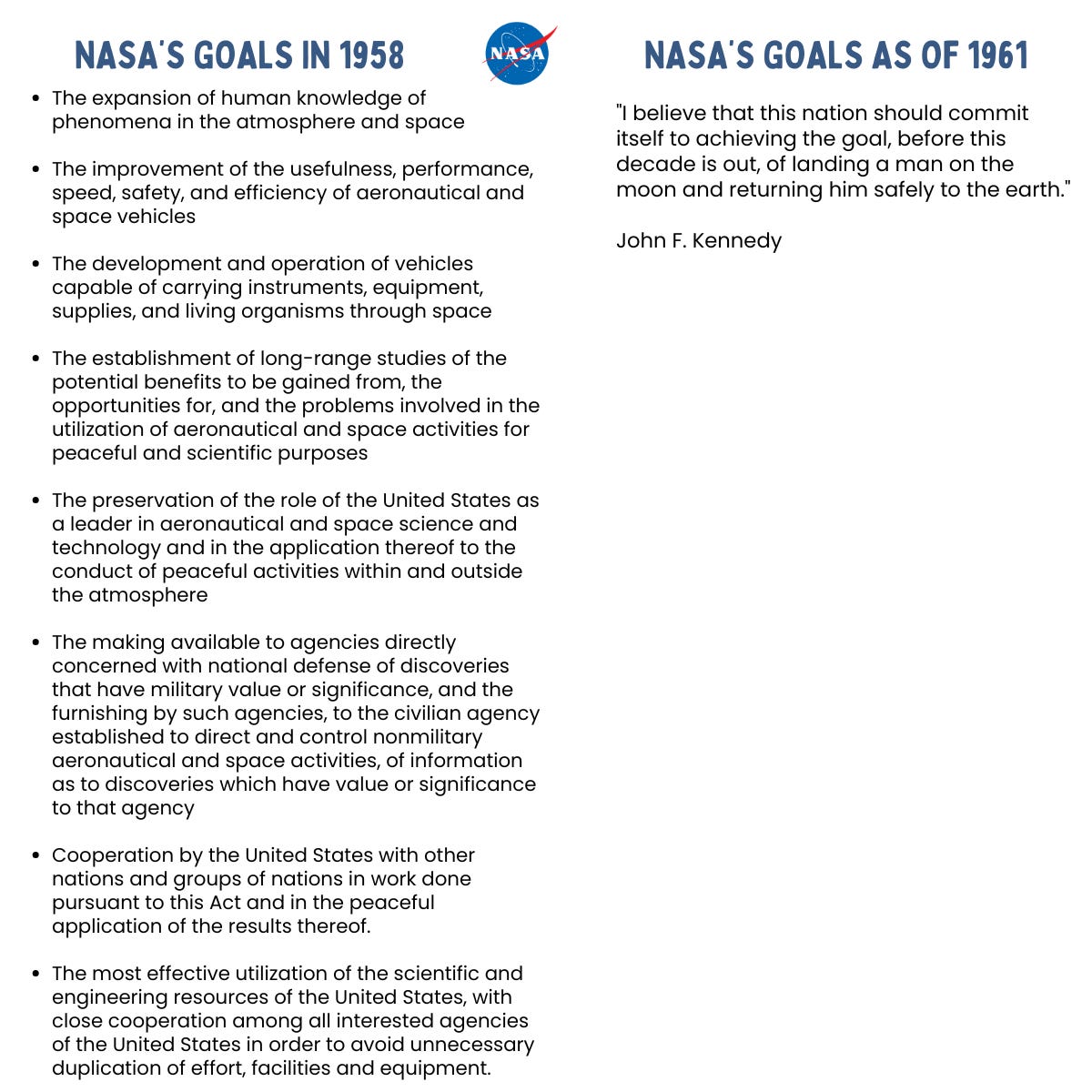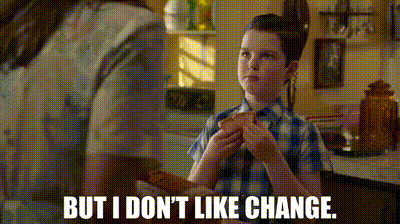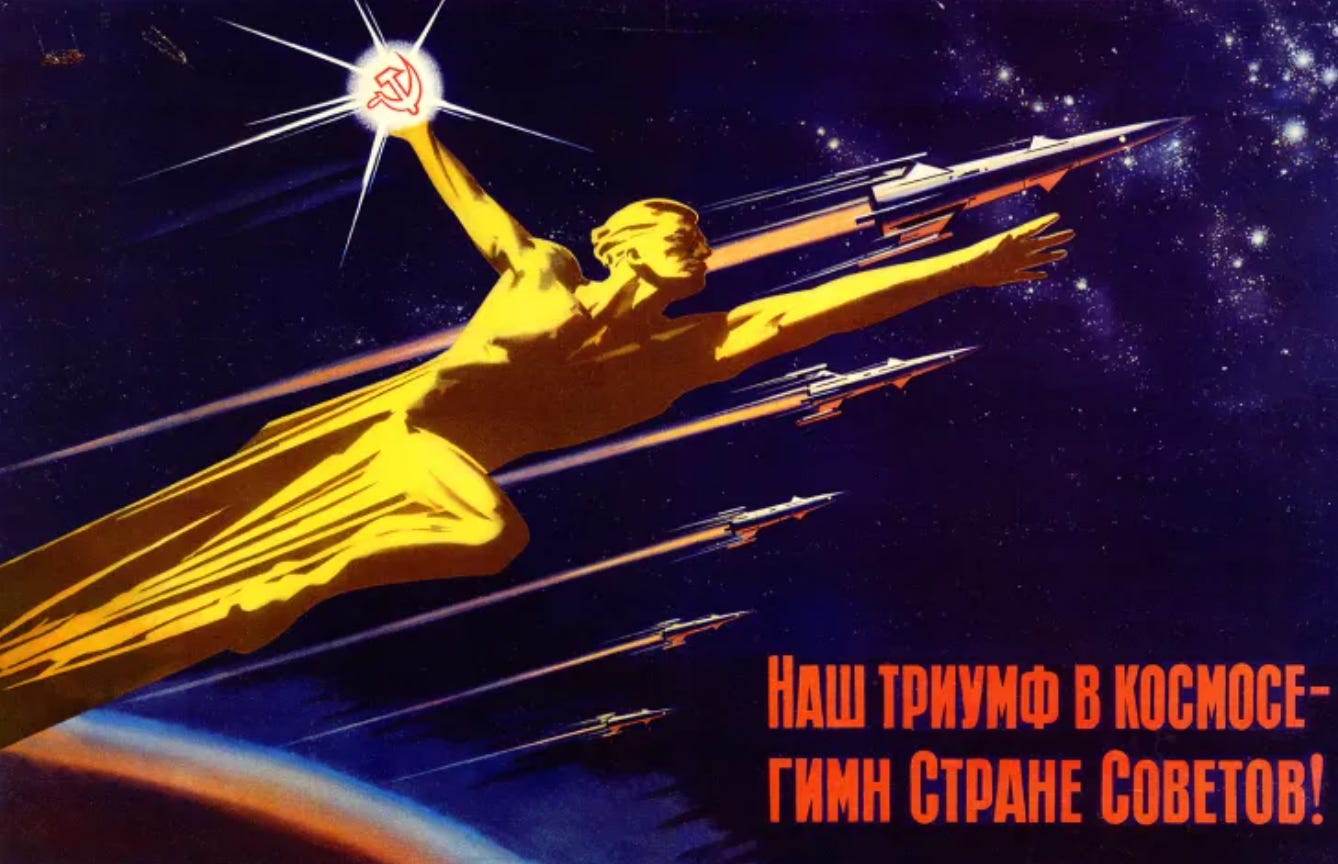What NASA can teach us about getting things done
Execution is incredibly hard, but here's how NASA cracked it.
These were NASA’s goals in two distinct years: 1958 and 1961.
Notice any difference?
In the last months, I re-read a fascinating book called “The 4 Disciplines of Execution”. Here, the authors explain not only the what, but also how effective execution is achieved.
Essentially, in any organizations, leaders can influence two things:
Strategy - the what
Execution - the how
And between the two, which is the hardest?
Yes, you’re right: execution.
Drafting a strategy is relatively easy.
Sure, companies and leaders still get it wrong all the time, but putting ideas on paper is not the difficult part. The real challenge is driving execution.
Execution is not about getting things done (and done well).
It’s about driving change. And change requires people to think and act differently.
But we, the people, don’t really like change.
Our brains are wired for comfort and predictability. It’s in our DNAs since the beginning of time.
Tens of thousands of years ago, our survival depended on knowing which plants were safe to eat, which animals were dangerous and those that would make good pets, and which paths were safe to follow.
Experimenting too much or trying a different plant, a new pet or an unknown route?
That could get us killed.

So yes, execution is hard.
Execution is the hardest, because it needs to drive change, and change is hard.
But to drive change you always start with focus.
In the Cambridge dictionary, focus is defined as the careful attention that is given to something such as a task, or the ability to give your full attention to something.
Unfortunately, not many companies have the discipline to achieve that kind of focus.
The modern business world is one giant dopamine casino, and leaders are just as prone to FOMO as the rest of us.
Focus on the WIG
According to the authors - and I agree 100% - the first and most important thing for a good execution is defining and communicating the WIG, i.e. the Wildly Important Goal within the company.
The WIG is the one (or two) critical goal that will make all the difference.
For example, a WIG can be any of the following (and more):
increase revenues
reduce costs
launch product X
open that new market
One cannot have too many important goals competing with each other. Otherwise, you will end up focusing on nothing and - if lucky - achieving only a portion of those.
In reality the WIGs mentioned above are not expressed in the correct way. In fact, the rules to set effective WIGs are the following:
No team should focus on more than two WIGs at the same time
If this first rule is violated, focus is gone.
The lower-level WIGs must ensure the success of the higher WIGs
Example: If the company WIG is “increase revenue from $120M to $150M by year-end”:
The sales team might commit to bringing $18M in new revenue.
The account management team can aim to grow $12M from existing clients.
Even tech can set a WIG - e.g. improving uptime, which helps sales close deals.
Senior leaders can veto, but not dictate
The teams below should be able to define their WIGs, but senior leaders can veto them if they don’t serve the higher WIGs
All WIGs must have a finish line in the form of “from X to Y by WHEN”
Every WIG must have a clearly measurable result and the date by which that result must be achieved.
Walking on the Moon
Back to NASA.
In 1958, NASA’s goals sounded like this: The expansion of human knowledge of phenomena in the atmosphere and space.
Sounds lofty. Sounds smart. But it’s vague and unmeasurable.
Meanwhile, the Soviets were putting satellites (and humans) in orbit.
Then came 1961, and President John F. Kennedy surprised everyone at NASA and in the US with this announcement: “land a man on the moon and return him safely to the earth before the decade is out”.
That was a textbook WIG:
From X: From Earth
To Y: To the moon and back
By when: December 31, 1969
One, clear, measurable goal, and one that changed history.
Conclusion
Being focused is a discipline. And a ruthless one.
Most companies struggle to let go of good ideas until they realize that saying yes to too many things means they’ll fail to fully achieve any of them.
Tim Cook, Apple’s CEO and one of the greatest operators in business, said it best:
“We are the most focused company that I know of or have read of or have any knowledge of. We say no to good ideas every day. We say no to great ideas in order to keep the amount of things we focus on very small in number, so that we can put enormous energy behind the ones we do choose. It’s not just saying yes to the right products, it’s saying no to many products that are good ideas, but just not nearly as good as other ones.”
If Apple - with $48.49 billion in cash sitting in the bank - can say no to great ideas, surely we can say no to a few more things too.
What you might have missed on Getting Better:
Or have a look at the most popular posts.
📩 If you enjoyed this post, consider sharing it with family, friend or a colleague.
See you all on Sundays 🗓️
Thanks,
Giacomo





